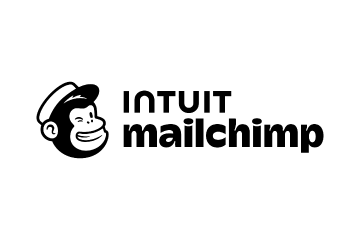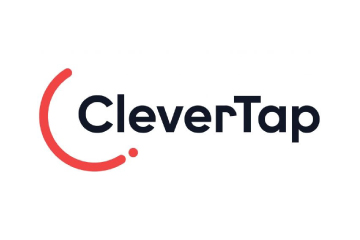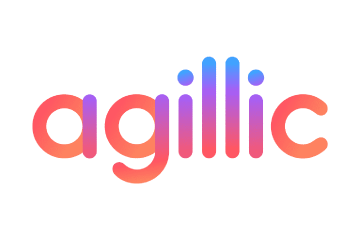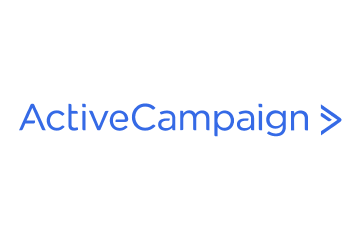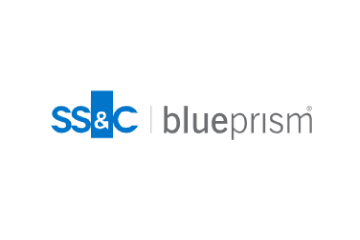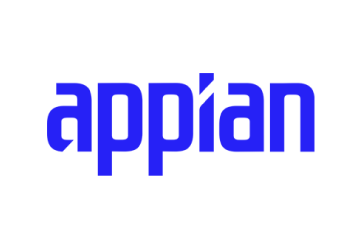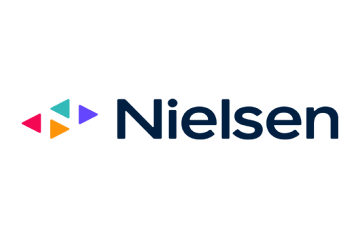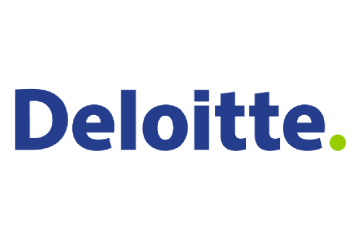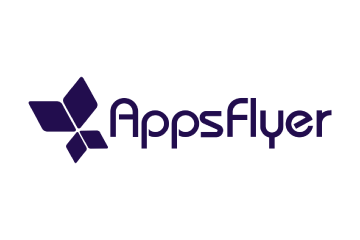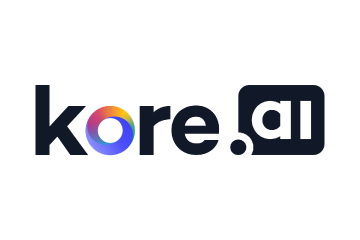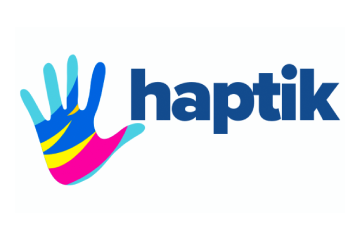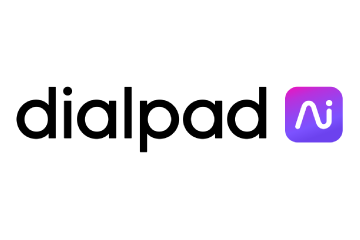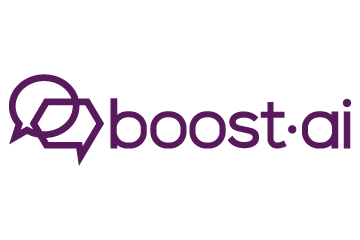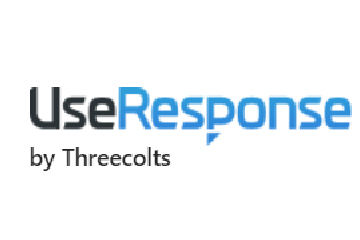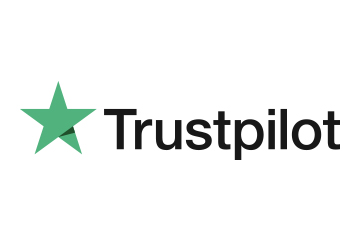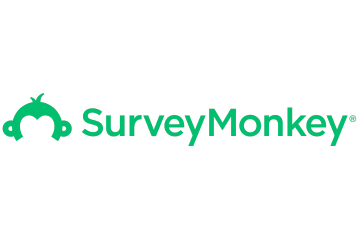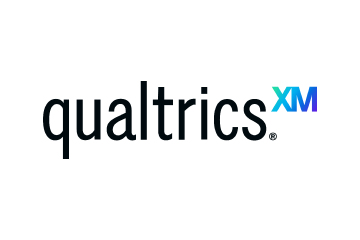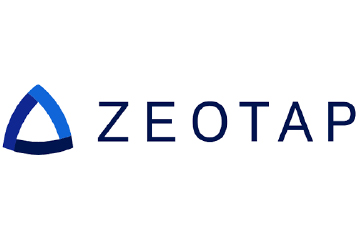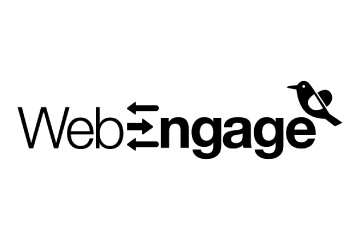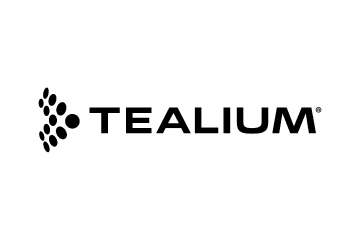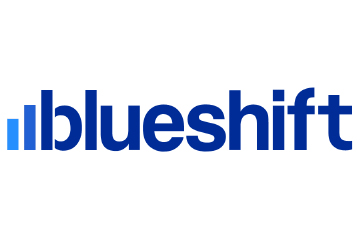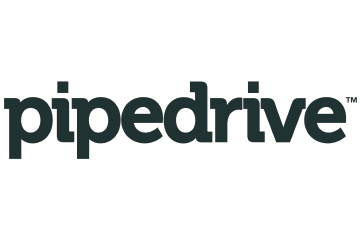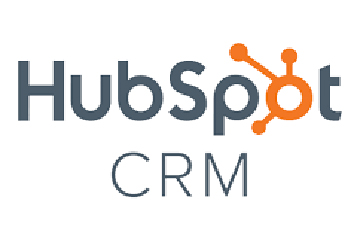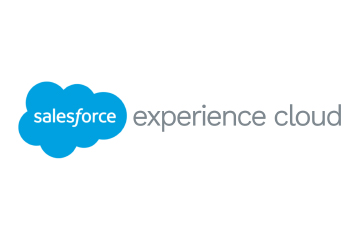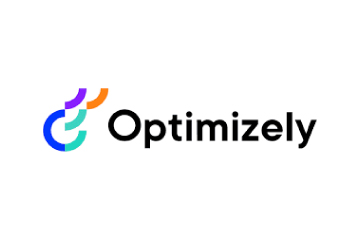Without Consent, AI Doesn’t Scale—It Crashes
Personalisation, automation, and AI agents all hinge on one thing: real-time, user-granted consent. Without it, trust breaks, data dries up, and innovation stalls.
What to Read Next
- Xumo Introduces Advanced Identity Solution
- Viant Launches Outcomes: Fully Autonomous Open Internet Ad Product
- StackAdapt Launches In-Platform NPI Targeting & Measurement Capabilities
- OpenX Launches OpenXBuild for Real-Time Advertising Control
- MediaRadar Unveils Data Cloud for AI-Ready Marketing Intelligence

Artificial intelligence is reshaping the global economy, unlocking a $10.3 trillion opportunity. But as businesses race to deploy AI-powered systems for hyper-personalised customer experiences and operational efficiency, many are overlooking a fundamental challenge: user consent.
AI’s potential hinges not just on algorithms or computing power but on something far more opaque, subjective and fundamentally human. User consent may not have the same allure as flashy AI tech, but it is the linchpin of the digital economy’s next phase. Consumer trust is waning around every corner, and privacy regulations are tightening at the state and international level.
AI initiatives will falter without the right infrastructure to honour user choice and govern data. Companies that don’t prioritise consent will alienate customers and rack up fines, undermining their AI ambitions and their bottom lines.
Consent is an Economic Engine
Data is the lifeblood of AI. For hyper-personalised experiences like recommendation algorithms or predictive models, access to real-time, consented data is critical. And the quality and scale of data that AI systems use hinges on whether consumers willingly share it.
The years when consent was just a box to tick on a website are way past us. Today, user consent is a dynamic, ongoing negotiation. Businesses that respect privacy and honour user preferences will win the trust necessary to unlock data-sharing at scale for AI systems.
We already know brand trust translates directly into revenue. (For example, consumers are willing to spend 51% more on goods and services from brands they trust, and five in ten consumers say they’ll make purchases or use services online only after verifying a company’s reputation for protecting data.)
So it only makes sense that this goodwill extends to data-sharing as well. After all, we know for a fact that the opposite is true. If consumers find a company’s data protection practices unsatisfactory, 40% will take their business elsewhere.
ALSO READ: 5 AI Use Cases Every Customer Service Leader Should Be Scaling
Brands that go above and beyond with user consent will unlock success not only in mainstream AI use cases (like personalised recommendations)—but also in building complex products like AI agents, which can take action on behalf of customers across many systems.
Future AI agents will tailor interactions based on dynamic, user-defined preferences. They will truly understand, anticipate and execute on human needs; a capability powerful enough that consumers would opt-in to data sharing not out of obligation but because the value exchange is clear and tangible.
Imagine a customer support agent that can resolve billing disputes by pulling payment history from financial databases, cross-referencing service usage metrics, and updating records in real-time. Customers and business support teams wouldn’t have to manually gather data to defend their position. Agents like this will become trusted, frictionless assistants, integrating user preferences across platforms and evolving with their needs.
Back in 2023, consumers were already warming to the idea of trading data for personalised recommendations and experiences. This willingness will only increase in tandem with more impactful agent interactions. But no company can achieve this vision without real-time, scalable consent infrastructure.
ALSO READ: AI-Augmented Open-Ends for Marketing, CX and Beyond
Ignoring Consent has Real Consequences
While federal regulators may be backsliding on enforcement, consumers are demanding more transparency and control over their data. In this environment, companies relying on outdated consent models are setting themselves up for failure. First, without real-time, consented data-sharing, AI agents and other systems will operate on non-compliant or incomplete data, leading to poor user experiences, subpar recommendations, and even lawsuits.
Worse, failing to address consent erodes trust. Backlash against companies seen as exploitative is swift and severe. When Meta announced it would leverage private user data to train its AI models, users fumed and privacy groups filed a slew of complaints. LinkedIn users sued the platform after it failed to inform them that it used their personal data to train the company’s AI. Even when suits get dropped, reputational damage stains.
ALSO READ: AI, Autonomy, and the Next Chapter in Brand Experience
Building Trust
The $10.3 trillion opportunity in AI isn’t just for companies with the best algorithms. Businesses that place user consent and preferences at the centre of their data strategies will be the ones who lead the charge.
In practice, this looks like:
- Honouring user consent and preferences across entire portfolios of products and services, so requests synchronise in real-time.
- Radical honesty and transparency about how user data interacts with products and services–not burying terms in page 346 of a privacy policy.
- Obvious and continuous opportunities for users to give or revoke data-sharing consent.
Doing the hard work to earn consumer trust is a virtuous cycle. Once companies have that trust, they can build marketing and product strategies around it. They can make privacy a brand differentiator, attracting more users (and more data) to deliver even better results. Successful AI strategies won’t be chaotic, ethically-ambiguous data grabs, they’ll be built on the trust and choice of consumers.
ALSO READ: Why Agentic AI is Outpacing Human at Customer Support













